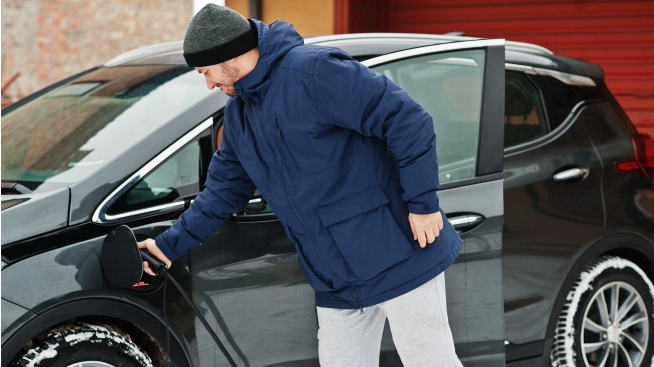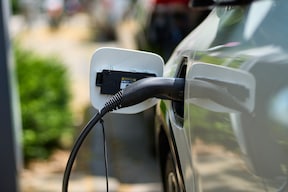Auto maintenance
Car repairs can be expensive, so being prepared for them helps in making decisions to ensure a vehicle's longevity and safety.
Basic car repair and maintenance tips
Remember that all cars need regular checkups and keeping a consistent maintenance schedule can help keep it running at its best.
maintaining a carTips for maximizing EV performance in winter

Learn how colder temperatures impact electric vehicle performance and what drivers can do to maximize their EV’s range in winter.
maintaining a car5 factors that affect EV charging times

Several factors affect EV charging time, including battery size, charger type and environmental conditions. Read on to learn more.
maintaining a carRenting an EV: What you need to know

Renting an electric vehicle (EV) involves similar processes to renting a traditional car with a few additional considerations. Read on to learn more.
Explore financial education